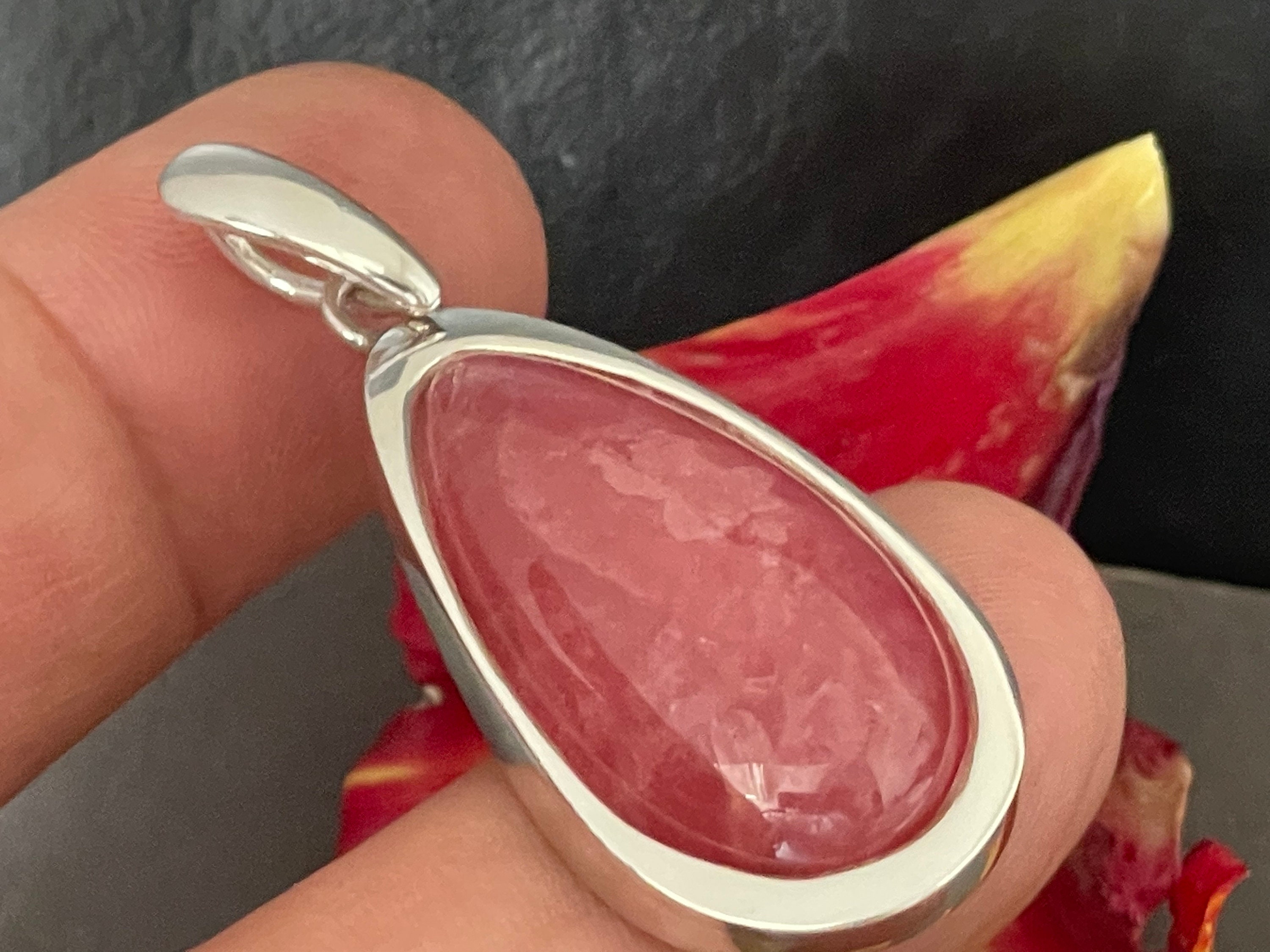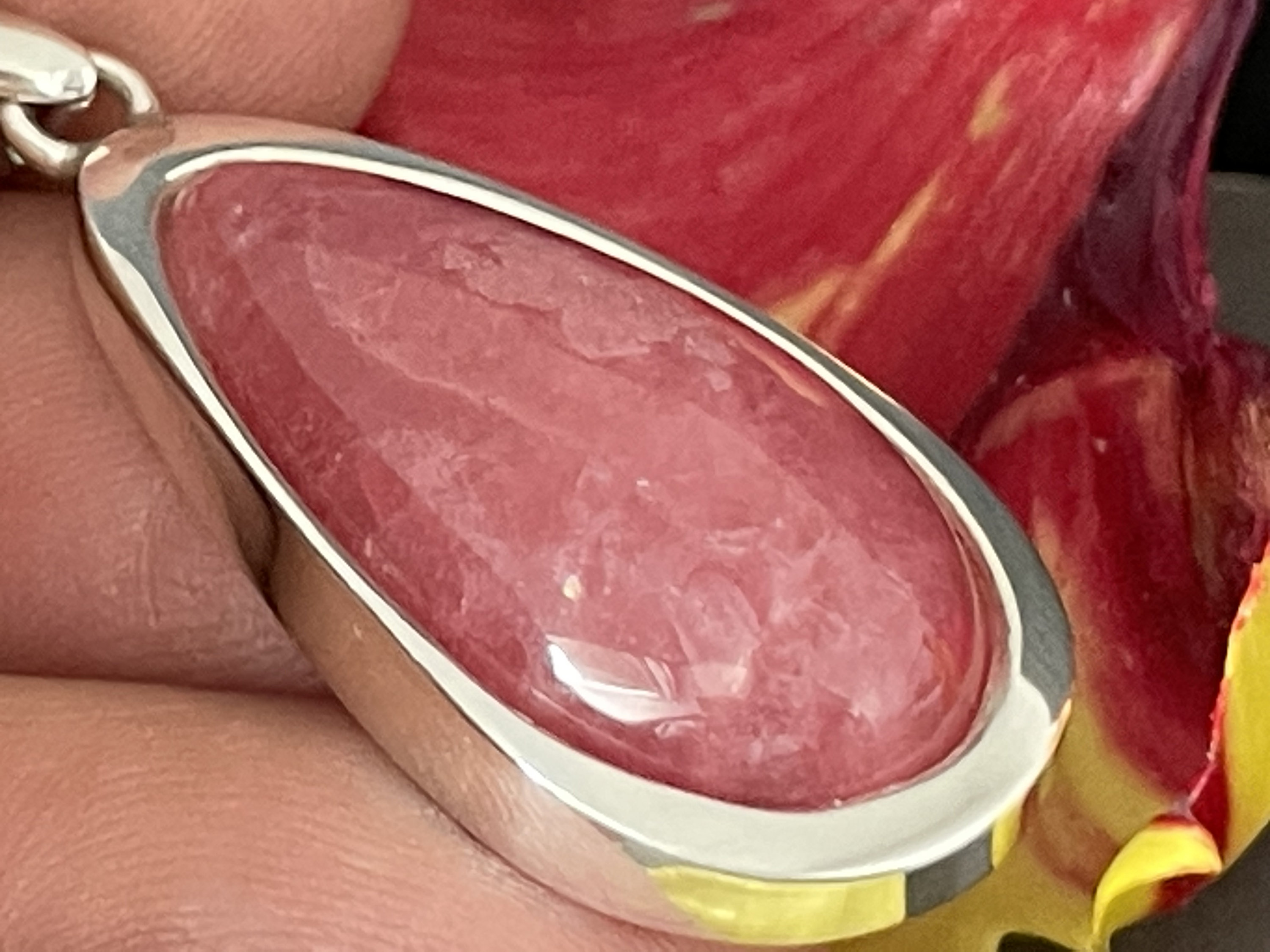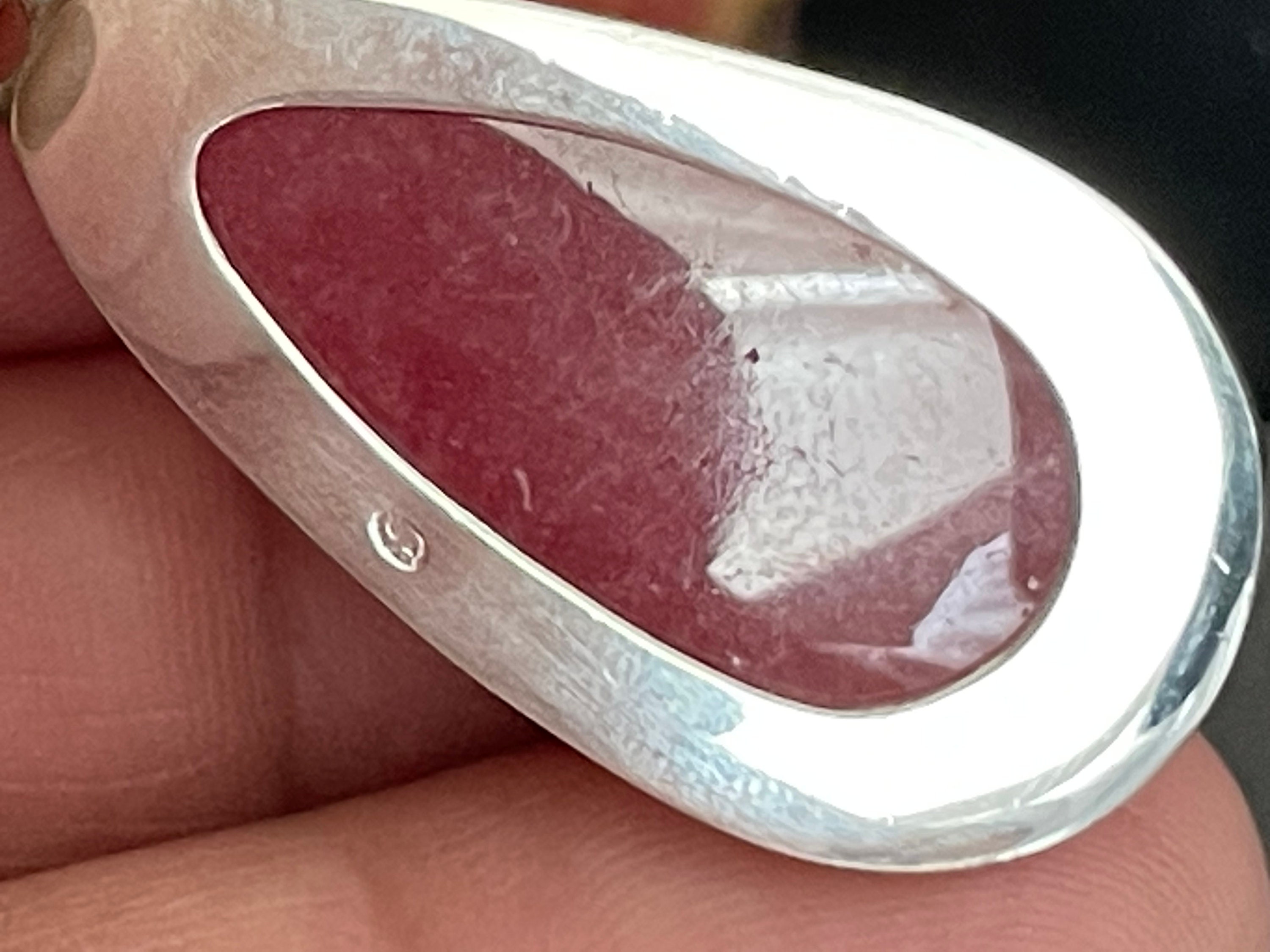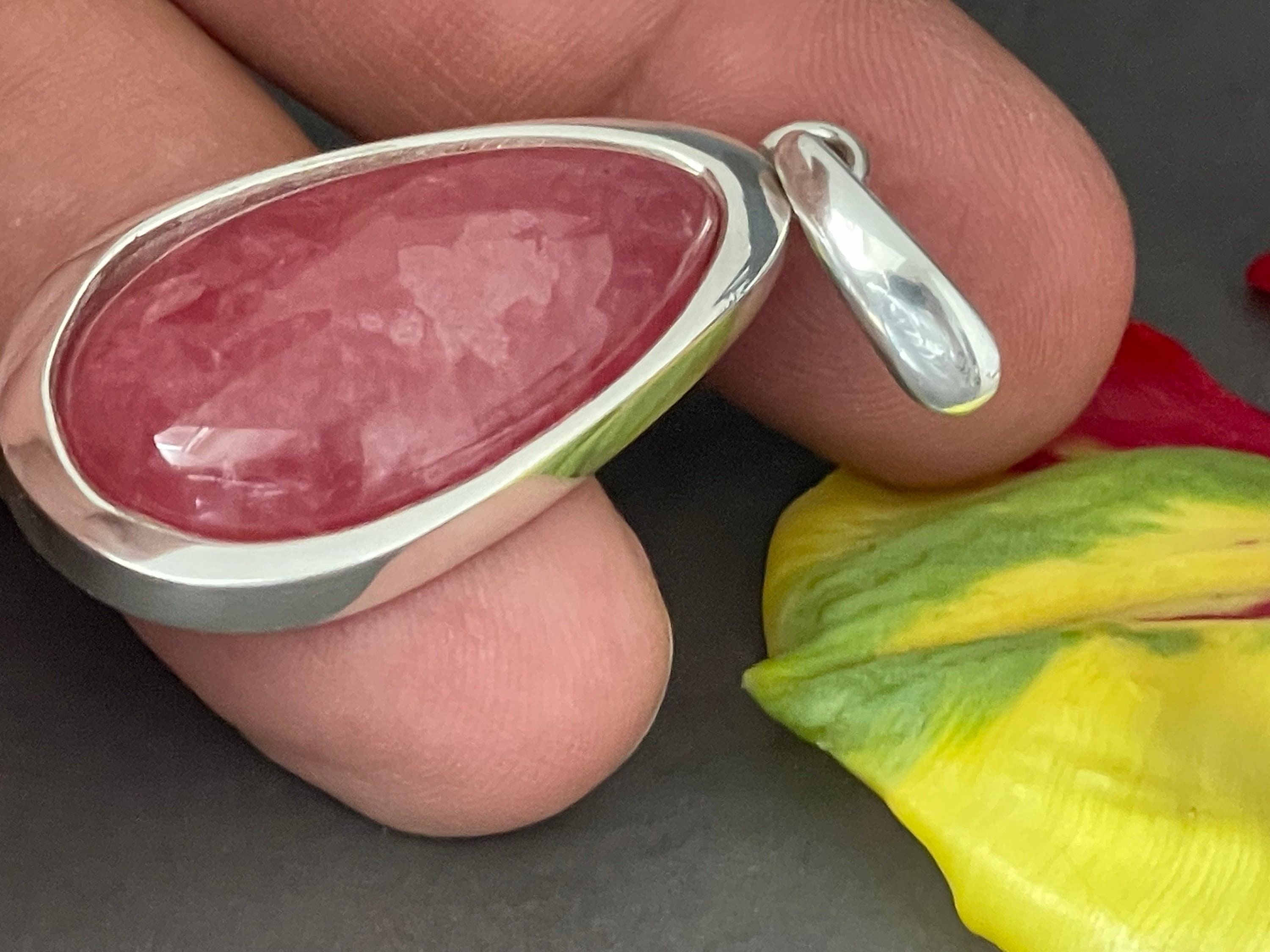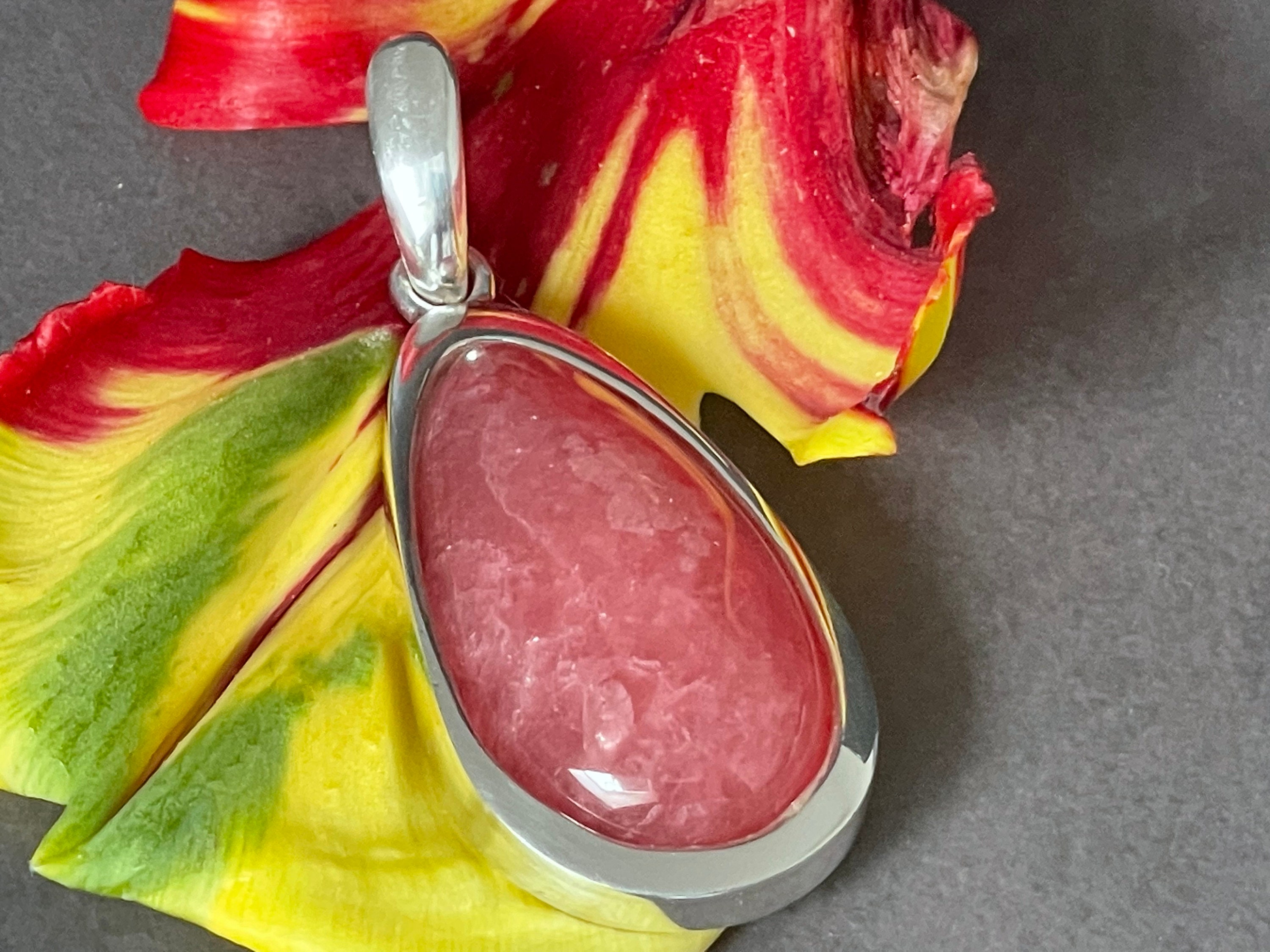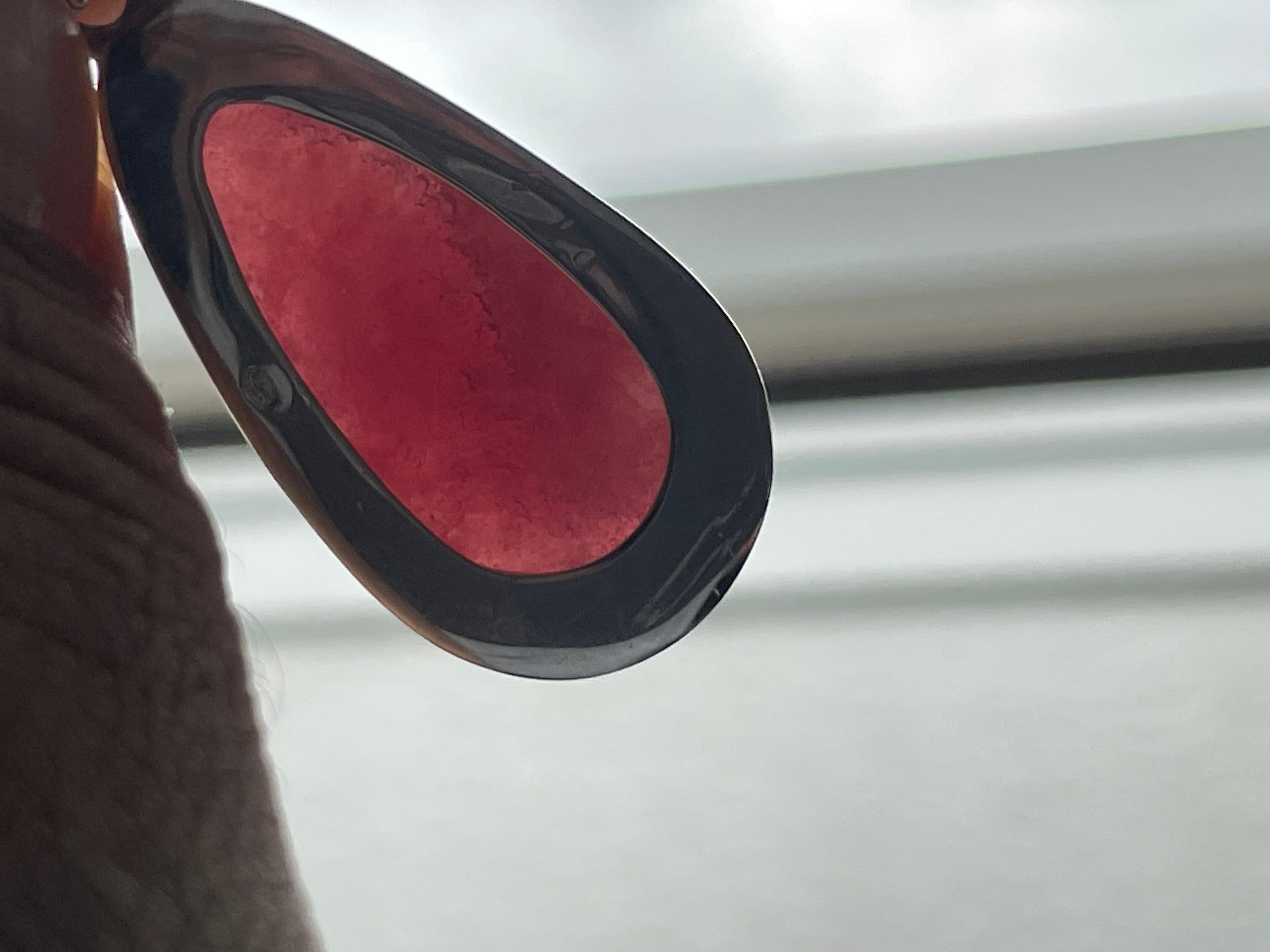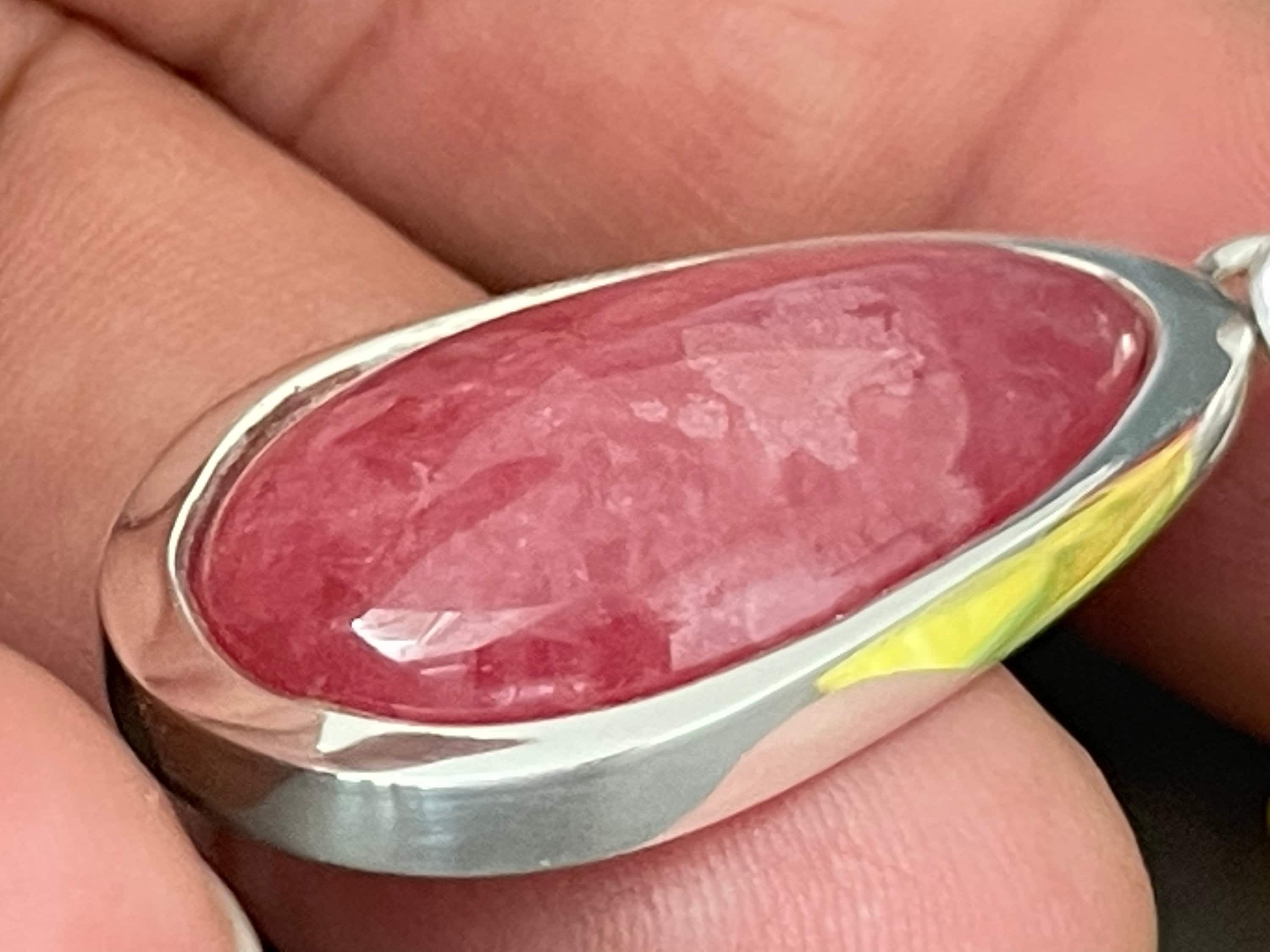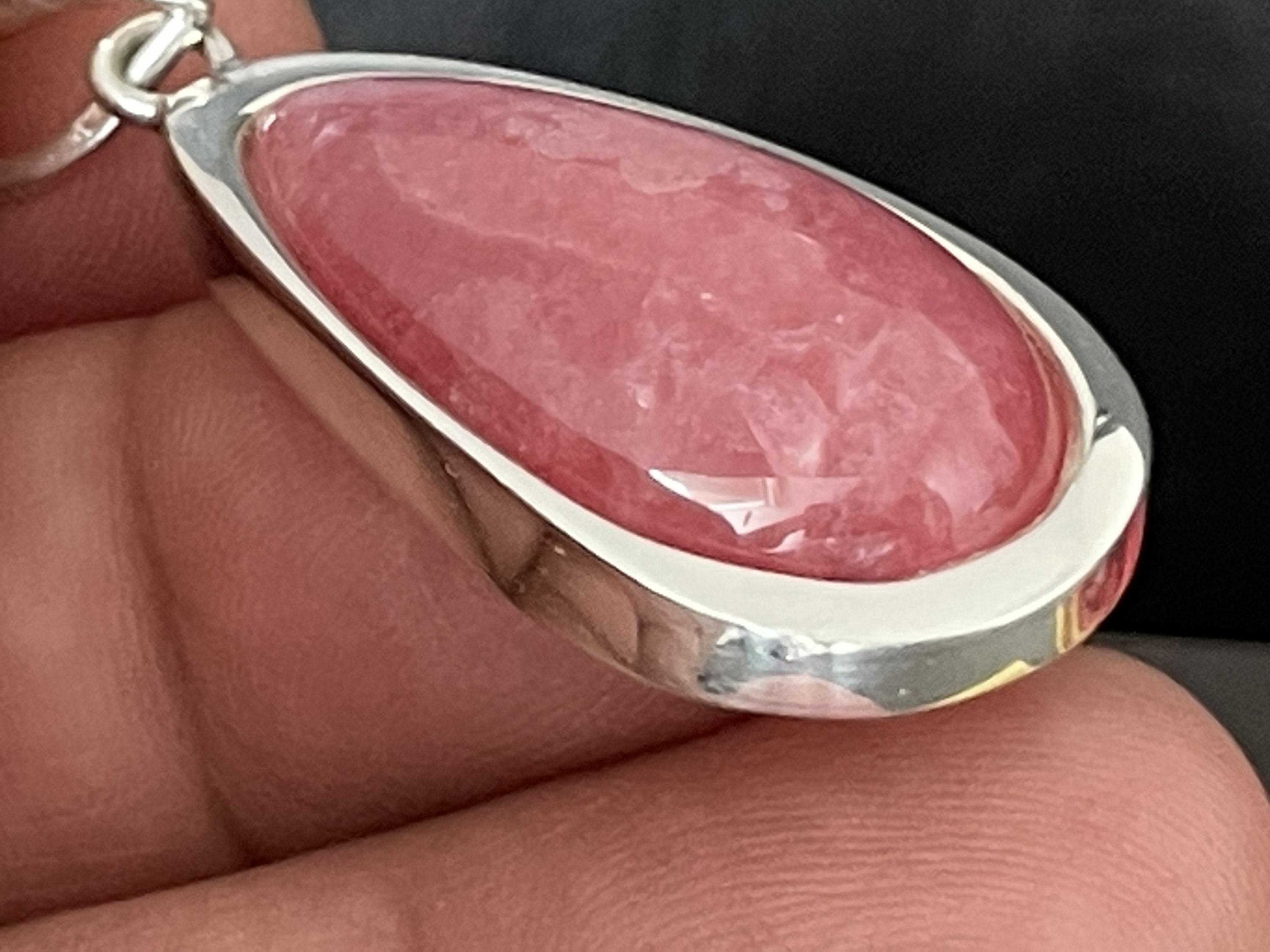Very nice rodochrosite ring in silver 925 sterling from Argentina.
$183.02 $215.32
Very nice rodochrosite in silver 925 sterling
from Argentina.
Very nice pink rodochrosite, excellent quality (transparent) from Argentina in an extravagant design with silver (925) sterling.
The rodochrosite is mostly found in Argentina,
partly also in Peru, but in Argentina there is a very nice quality.
We obtain our rodochrosite directly from our reliable sources in the mines, mostly in raw form, and process the gemstone, so that the gemstone is genuine insofar as we can see the color inside the core during processing and cutting.
Knowledge about the Rodochrosite
Mine Capillitas and Catamarca Argentina
Chakra assignment: root chakra
Feng Shui assignment: element fire
In stone healing, the rodochrosite causes the owner of this gemstone to take responsibility. In addition, the momentum is promoted.
Mineral group: carbonate
It is becoming more and more difficult to find good qualities. That is why the rhodochrosite is divided into special and exclusive gemstones. The mining areas are Peru and especially Argentina. Most of the rhodochrosite from Peru that are exported to the world come from the Uchucchacua mine near Lima, the fifth largest silver mine in the world. The mine has been in operation since colonial times. In Argentina, the rhodochrosite is considered a national stone. The name rhodochrosite comes from the Greek word rhodochroos = rose-colored. Friedrich Hausmann (1782-1859) gave it the name "Rhodochrosite", which is still valid today, in 1813.
The gemstone is mostly structural, banded in white.
History of the rodochrosite
This stone was discovered in Argentina in the 13th century during the pre-Columbian era.
The pink stone was discovered in the north-west of the country, then part of the Inca Empire, in mines for copper and silver production.
With the fall of the Inca Empire, the mines were abandoned and the rhodocrosite was forgotten.
According to the Inca legend, the Ajllas Temple stood on the holy shore of Lake Titicaca. The priestesses of the sun god Inti lived in this temple, which no one was allowed to enter. One day the warrior Canqui Tupac dared to cross the sacred lake and the high cliffs that protected the temple.
When he got upstairs, he found himself in front of the beautiful priestess Nusta Ajlla and they immediately fell in love. Since their association was forbidden, they had to flee south.
Furious with rage, the Inca emperor ordered his men to find the two lovers, in vain. The couple could then live their love for many years and have many children. When Nusta died, her body was buried on the nearby mountain. After the death of the woman of his life, Canqui's body was turned to stone.
Years later a shepherd, passing nearby, was struck by surprise that the stones had turned into a large blood-red rose petal. The shepherd picked up one of these petals and brought it to the Emperor of the Incas.
Moved by this symbol, he forgave the lovers. The stone called Rosa del Inca has resolutely become a symbol of forgiveness, loyalty, willingness to make sacrifices and true love. It is also viewed in the Inca culture as a representation of the petrified blood of their ancient rulers. It was not until much later, in the 18th century, that the mines were discovered, which led to the rediscovery of rhodocrosite.
France is fortunate to have numerous rhodochrosite deposits. These are mainly found in the Pyrenees, towards Guingamp in Brittany, at Faucogney-Saphoz in Haute-Saône and at Mas d'Alary in Hérault.
Effect from stone healing
On the heart chakra, it should have an effect on the emotional and thus regulate emotions and feelings.
On the solar plex chakra it is supposed to fight stress and help to develop self-confidence. It is also said to eliminate toxins in the liver and kidneys, soothe stomach ulcers and regulate blood sugar, invigorate the nervous system and reduce sleep disorders.
Furthermore, the rhodochrosite is said to cope with stress attacks.

